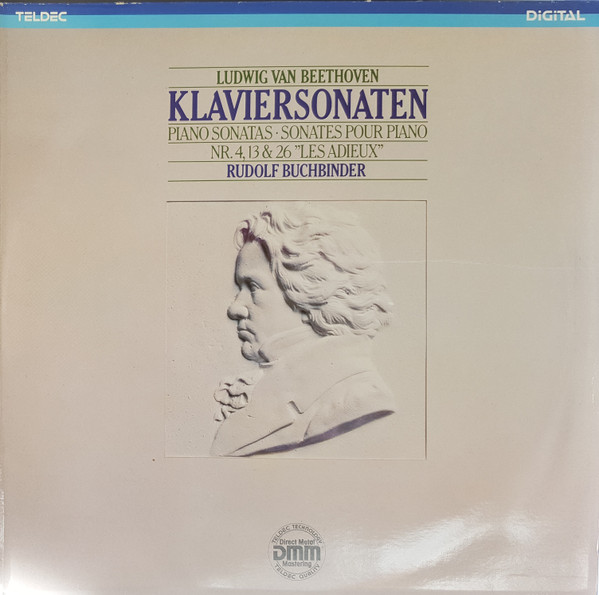 |
|
1 LP -
6.43206 AZ- (c) 1985
|
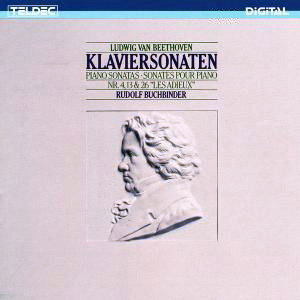 |
| 1 CD -
8.43206 ZK - (c) 1985 |
|
DIE
KLAVIERSONATEN
|
|
|
|
|
|
|
|
| Ludwig van
BEETHOVEN (1750-1827) |
Klaviersonate
Nr. 4 Es-dur, Op. 7 - Der
Gräfin Babette von Keglevics
gewidmet (Komponiert um
1796/97)
|
|
27' 34" |
|
|
-
Allegro molto e con brio
|
7' 19" |
|
A1 |
|
-
Largo, con gran espressione
|
8' 38" |
|
A2 |
|
-
Allegro
|
4' 57" |
|
A3 |
|
-
Rondo: Poco Allegretto e grazioso
|
6' 40" |
|
A4 |
|
Klaviersonate
Nr. 13 Es-dur, Op. 27 Nr. 1
"Sonata quasi una Fantasia" - Der
Fürstin Josephine von
Liechtenstein gewidmet
(Komponiert um 1800/01) |
|
16' 21" |
|
|
-
Andante · Allegro
|
5' 25" |
|
B1 |
|
-
Allegro molto e vivace
|
1' 48" |
|
B2 |
|
-
Adagio con espressione
|
3' 23" |
|
B3 |
|
-
Allegro vivace
|
5' 45" |
|
B4 |
|
Klaviersonate
Nr. 26 Es-dur,
Op. 81a "Les Adieux"
- Dem Herzog
Rudolph von
Österreich
gewidmet
(Komponiert 1809/10)
|
|
16' 00" |
|
|
-
Das Lebewohl (Les Adieux): Adagio ·
Allegro | Abwesenheit (L'Absence):
Andante espressivo
|
10' 48" |
|
B5 |
|
-
Das Wiedersehen (Le Retour):
Vivacissimamente
|
5' 12" |
|
B6 |
|
|
|
|
Rudolf BUCHBINDER,
Klavier (STEINWAY-Flügel)
|
|
|
|
|
|
Luogo
e data di registrazione |
|
-
|
|
|
Original
Editions |
|
Telefunken |
6.35596 FK - Vol.3 | 3 LPs | LC
0366 | durata: 53' 24" · 41' 14"
· 49' 53" | (p) 1982 | ANA |
stereo | (Nr. 4, 26)
Telefunken
| 6.35596 FK - Vol.4 | 3 LPs |
LC 0366 | durata: 55' 39" ·
42' 47" · 65' 59" | (p) 1982 |
ANA | stereo | (Nr. 13)
Teldec |
6.43206 AZ | 1 LP | LC 3706 |
durata 60' 00" | (p) & (c)
1985 | DDD/DMM | stereo
|
|
|
Edizione CD
|
|
Teldec |
8.43206 ZK | 1 CD | LC
3706 | (c) 1985
| DDD/DMM | stereo
|
|
|
Executive
Producer |
|
-
|
|
|
Recording
Engineer |
|
-
|
|
|
Cover design
|
|
Holger
Matthies
|
|
|
Note |
|
- |
|
|
|
|
| THE 32
PIANO SONATAS (10 CDs DMM) |
Piano
Sonatas Nr. 4 Es-dur, Op. 7
The E-flat major sonata was
composed in 1796/97, shortly after
Beethoven’s first three “essays” in
the medium, op. 1, and is among
the least often played sonatas,
although it is, after the
Hammerklavier sonata, the longest.
Op. 7 was given the nickname -
subsequently forgotten - “Die
Verliebte” (In Love), perhaps
because of Beethoven’s supposed
reverence for the dedicatee,
Countess Keglevies (one of his
noble pupils), or perhaps on
account of the “gran espressivo”
of the slow movement. In any case,
this largo, which opens with such
simple “question-and-answer”
phrasing, has such a wide scale of
expression, that it quite
surpasses the largo appassionato
of op. 1/2, though the latter is
quite comparable in terms of the
type of movement. The dynamic
contrasts are blunt yet refined,
the rhythmic and articulatory
differcntiations are subtly
calculated against considerable
harmonic breadth. (However, the
extravagances of key in the largo
produce a link with the first
movement - a connection between
two sonata movements, in other
words, which has nothing to do
with thematic relationships.)
The first subject of the first
movement is one of those
Beethovenian themes which play on
the listener’s uncertainty as to
where “the subject” actually
begins - with the four-bar block
of the E-flat minor chord, or with
the figuration that follows? (A
similar dilemma occurs in the
Eroica and the sonata op. 22.)
Right up to the end of this
lively, virtuoso movement, which
reintroduces the opening bars,
this time piled up on one another
in inverse order, these
contrasting elements (which also
appear in new combinations) and
the simultaneous close linking of
the different subjects result in a
dialectic interplay loaded with
tension.
The third movement is, formally
speaking, a schcrzo, but does not
appear to be one - nor is it
described thus. With the melody
hidden in its stormy middle
section, the movement recalls
Schubertian characteristics from a
distance.
Piano
Sonatas Nr. 13 Es-dur, Op. 27
"Sonata quasi una Fantasia"
In three piano
sonatas written in rapid
succession in l800-01 Beethoven
departed, for the first time, from
the traditional sonata form. Op.
26 begins with an "Andante con
variazioni”, the second movement
is a scherzo, and the third
replaces the slow movement with
the famous funeral march. In the
sonatas of op. 27, both described
as being “quasi una fantasia”, the
first movements are quite freely
structured, evidently as a
follow-up to op. 26. In No. 1 it
almost gives the impression of a
free improvisation (as the word
“fantasia” implies) on a short,
songlike phrase vaguely suggesting
a set of variations. The allegro
middle section provides a contrast
both in key (C as against E flat)
and metre, although it is based on
the harmonic scheme of the opening
section. Unlike op. 27, No. 2,
however, there is no break between
the movements, as Czerny so
rightly remarked, this sonata is
really a fantasia, and all its
movements merely serve to create a
single unified piece. The second
movement is a scherzo entirely in
crotehets, except that in the last
repeat the two hands are a quaver
apart. The third (adagio) is
surprisingly brief - three
sections of eight bars each, which
seems somewhat inappropriate to
its expansive theme. Finally the
last and, as in op. 27, No. 2, the
longest movement is the most
formally complete in itself: a
large-scale rondo in six sections
with sonata elements, almost
entirely in loose two-part
writing, frequently contrapuntal,
and altogether clearly reminiscent
of the last movement of op. 26.
Quite unexpectedly the first bars
of the Adagio turn up again just
before the short presto coda,
further evidence of the free
fantasia-like form, but also an
anticipation of the "flash-back”
technique of later works such as
sonata op. 101, where the opening
of the work is quoted before the
final fugue.
Piano
Sonatas Nr. 26 Es-dur, Op.
81a "Les adieux"
The sonata
was composed in 1809/10, directly
after the sonatas op. 78 and 79,
and at the same time as the string
quartet op. 74, the Piano Concerto
no. 5 and the Egmont music. It is
Beethoven’s only sonata which - in
contrast to the many sonatas to
which a particular content or
context is attributed, or which
have been given titles felt to be
appropriate, like the Moonlight or
the Appassionata - has a “real”
programme. And it is this very
sonata which we fail to call by
its correct name! The publisher
Breitkopf brought out two
different editions of the sonata -
one with the original German
title, and another on his own
initiative with the title in
internationally fashionable
French. The latter came in for
harsh criticism from Beethoven:
“Why on earth change the title?
”Lebewohl” (farewell) is nothing
like ”Les Adieux” - the former is
an intimate goodbye between two
friends, while the latter would be
used with a group of people.” The
correct title is ”Lebewohl,
Abwesenheit und Wiedersehn.
(Farewell, Absence and Reunion.)
Sonata for Pianoforte dedicated to
his Imperial Highness Rudolph of
Austria.”
Archduke Rudolph, the son of
Emperor Leopold II, later
Archbishop of Olmütz (Beethoven
belatedly composed the Missa
Solemnis for his enthronement as
Archbishop) had been Beethoven’s
pupil, patron and friend since
1804, and the composer dedicated a
number of his most important works
to him in gratitude. In May 1809
the Imperial family, including the
Archduke, fled from Vienna before
the approaching Napoleonic troops,
and did not return until January
1810. This, then, was the
inspiration for the sonata op.
81a, as is stated quite
unambiguously in the manuscript:
“The Farewell/Vienna, 4th May
1809/ at the departure of His
Honourable and Imperial Highness
the Archduke Rudolph.” The adagio
introduction to the first movement
(the Farewell) begins with a
descending three-note motif,
beneath which the composer
inscribed “Le-be wohl” in the
manuscript. This motif also
dominates the extended coda,
similar to a long drawn-out
farewell, and is the
springingpoint for the descending
scales from which all the subjects
of the allegro section are formed.
The second movement (Absence),
which takes up where the adagio
introduction of the first movement
left off, is a musical image of a
long, painful parting, while the
third movement (Reunion) conjures
up touching happiness.
|
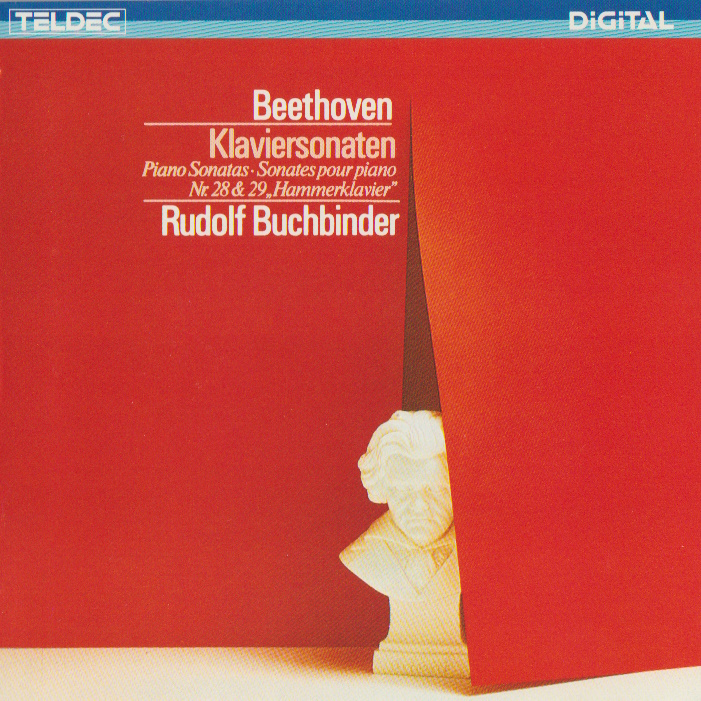
1 CD - 8.42761 ZK - (c) 1984
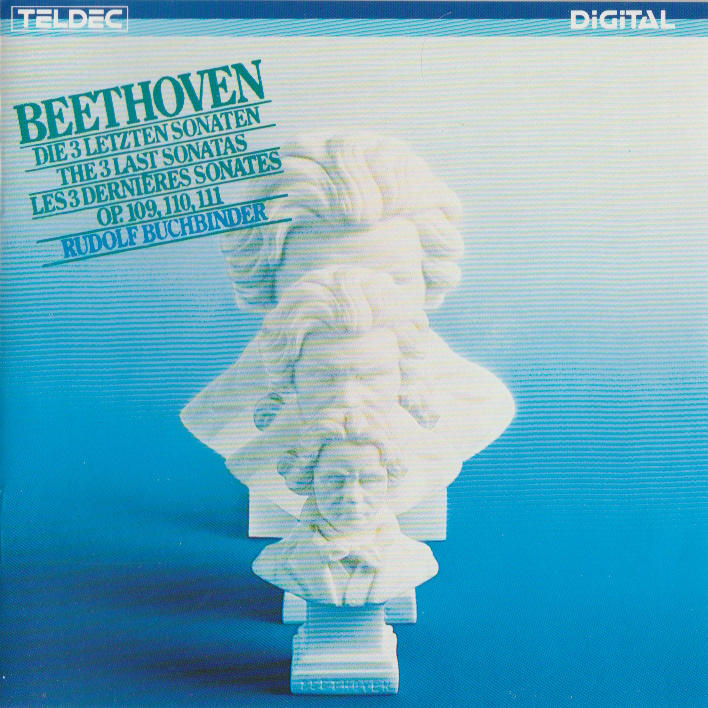 1 CD -
8.43027 ZK - (c) 1984
1 CD -
8.43027 ZK - (c) 1984

1 CD -
8.43206 ZK -
(p) 1985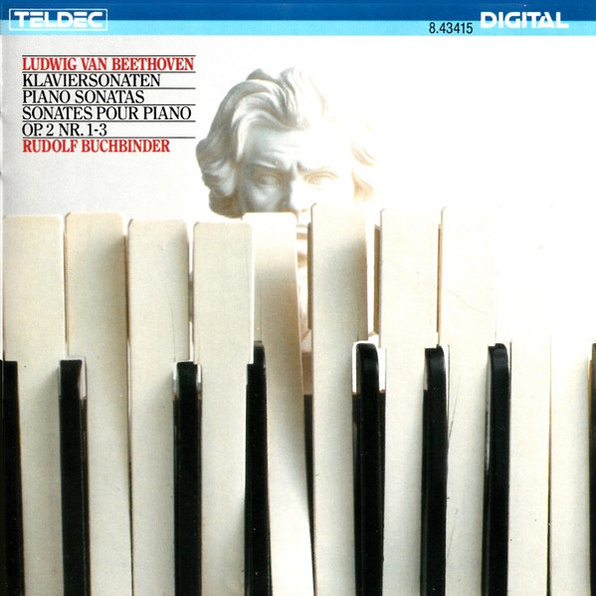
1 CD - 8.43415
ZK - (p) 1986
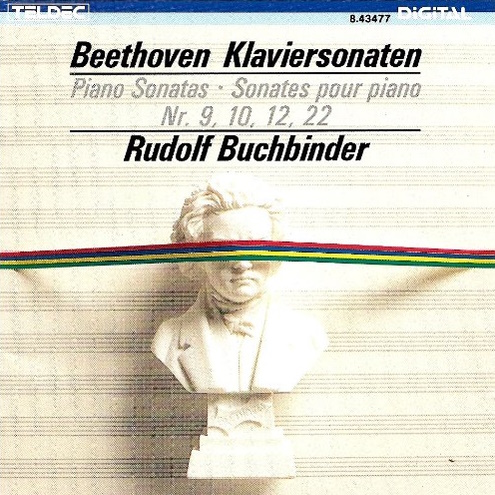
1 CD - 8.43477
ZK - (p) 1987
|
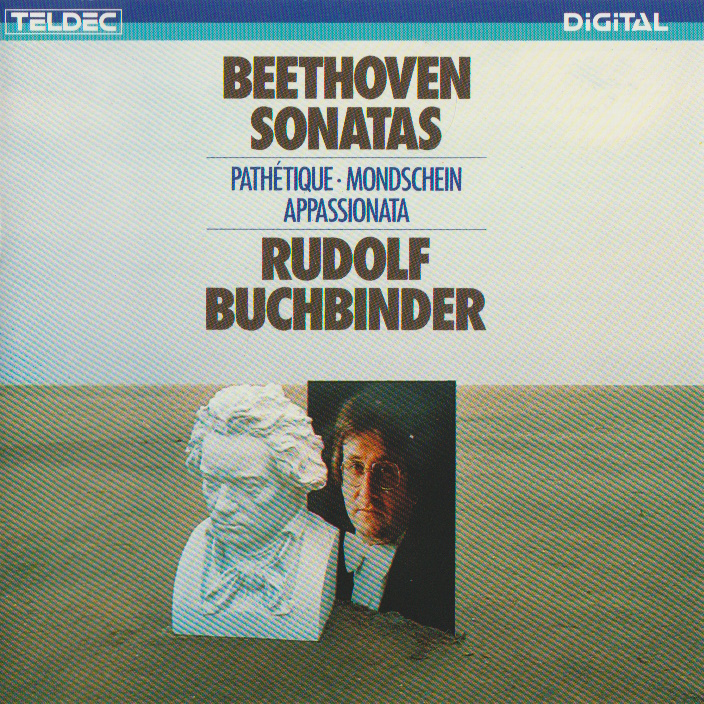
1 CD - 8.42913 ZK - (c) 1983
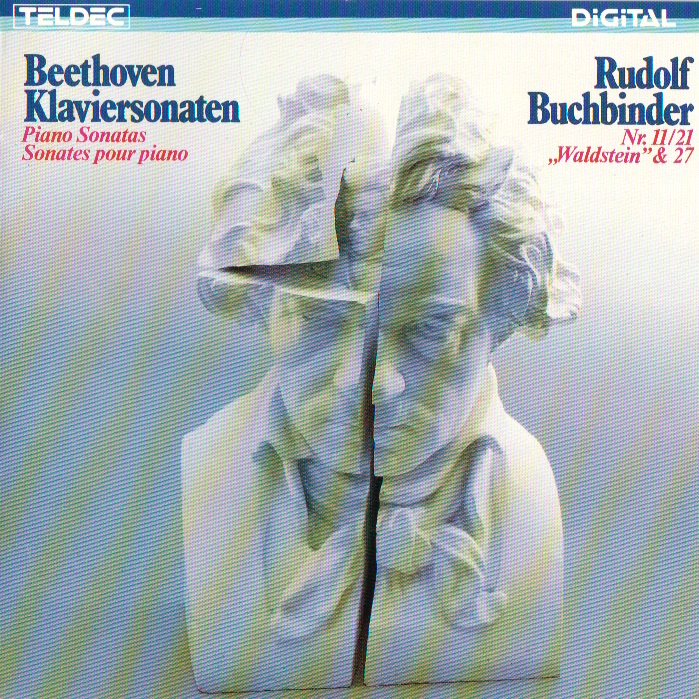
1 CD - 8.43111 ZK - (p)
1985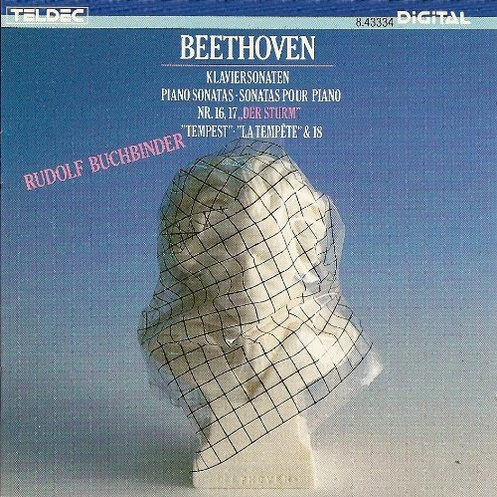
1 CD - 8.43334 ZK
- (p) 1986
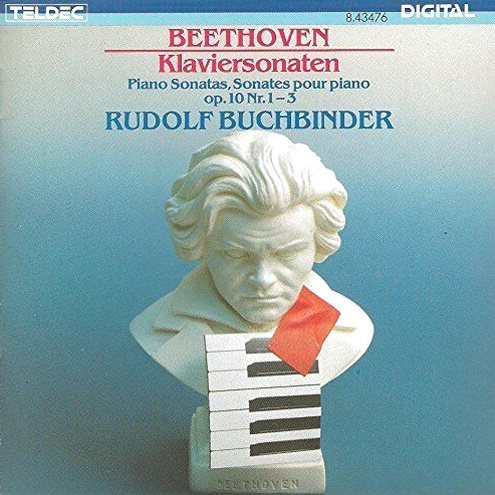
1 CD - 8.43476
ZK - (p) 1987

1 CD - 8.43478
ZK - (p) 1987
|
|
|
|
|